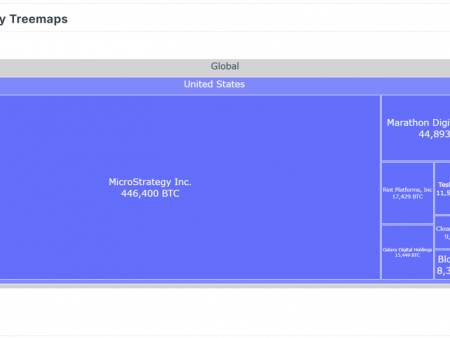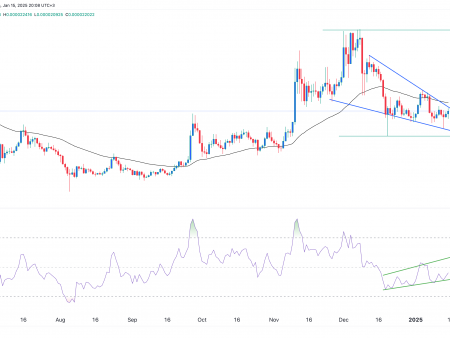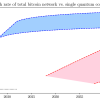Bitcoin addresses are your wallet’s public identifiers, each with a unique purpose and evolving to meet the growing needs of the cryptocurrency world.
Unlocking Bitcoin Address Book: From P2PK to Taproot
If you’re new to Bitcoin, understanding its address formats can feel like learning a new language. But fear not, because this informative editorial aims to take you through the fascinating journey of Bitcoin (BTC) addresses, from the oldest to the newest. We’ll learn why these formats exist, how they work, and why they’ve evolved over time. Let’s dive into the world of Bitcoin addresses.
P2PK (Payment by Public Key): Origin of Bitcoin Transactions
The journey begins with P2PK, the very first address format. Back in Bitcoin’s infancy in 2009, transactions directly used public keys. Think of it like handing someone a house key; it was simple, but not very secure or scalable. P2PK addresses were vulnerable because they exposed the entire public key, making them less private and more susceptible to future quantum computing threats.

P2PKH (Payment by Public Key Hash): Increased privacy and security
P2PKH was used to solve the security problems of P2PK. Here, instead of sharing your full public key, only its hash (a shortened version) is used for transactions. Think of it as giving someone a map to find your house, rather than the key itself.

This format, starting with the number “1”, was a significant step towards privacy and security, making transactions cheaper and addresses shorter. This is the “legacy” address format that many are familiar with today.
P2SH (Pay-to-Script-Hash): Introducing Flexibility
Introduced in 2012, P2SH brought a new level of flexibility to BTC transactions. These addresses, starting with “3”, allow you to set more complex conditions for spending bitcoins. Imagine if you could set rules such as requiring multiple signatures to open a safe – that’s P2SH in a nutshell. This format was critical for multi-signature wallets and other advanced uses, enhancing security and providing smart contract-like functionality before they became common terms.

P2WPKH and P2WSH (separate witness): solving the scalability problem
With the Segregated Witness (Segwit) update in 2017, Bitcoin developers introduced P2WPKH and P2WSH. These formats, known as “Native Segwit” addresses, begin with “bc1”.

The main goal was to solve Bitcoin’s scalability problems by restructuring the data storage of transactions, reducing their size and thus reducing transaction fees and increasing the number of transactions per block. P2WPKH is essentially P2PKH with the benefits of Segwit, while P2WSH does the same for P2SH, allowing for even more complex transaction scenarios.

Taproot (P2TR – Pay-to-Taproot): The Future of Privacy
The latest twist in the Bitcoin address saga is the Taproot, or P2TR, addresses introduced in late 2021. These addresses also start with “bc1p,” which provides increased privacy since all transactions on the blockchain look the same, regardless of their complexity. Taproot uses Schnorr signatures, which not only make transactions more private, but also more compact, further reducing fees and increasing efficiency. Imagine if everyone in a crowded room whispered the same way, making it difficult to discern who was saying what; This is essentially Taproot privacy in action.

Manage Bitcoin with Confidence
Why Evolution? Each new format was a response to Bitcoin’s growing pains. From improving security and privacy with P2PKH, to enabling complex transactions with P2SH, addressing scalability with Segwit, and finally improving privacy and efficiency with Taproot, these changes reflect Bitcoin’s adaptation to an expanding user base and technological challenges.
What does this mean for users? For those new to Bitcoin, this evolution may seem daunting, but it’s all about making your experience more secure, cheaper, and private. Whether you’re sending your first Bitcoin (BTC) or managing a multi-format wallet, this knowledge will help you navigate the blockchain with confidence. As Bitcoin continues to evolve, so will its address formats, with each new version building on the legacy of the previous one and meeting the demands of the digital age.
























